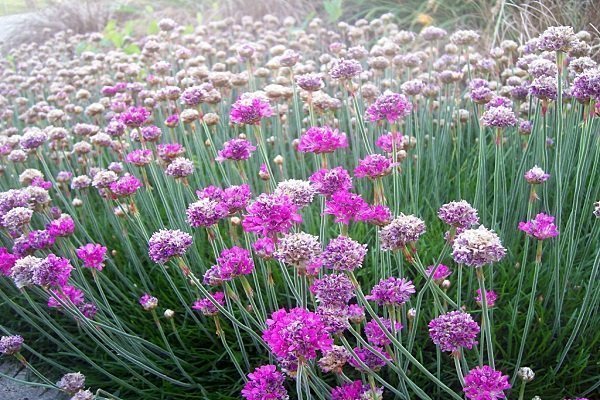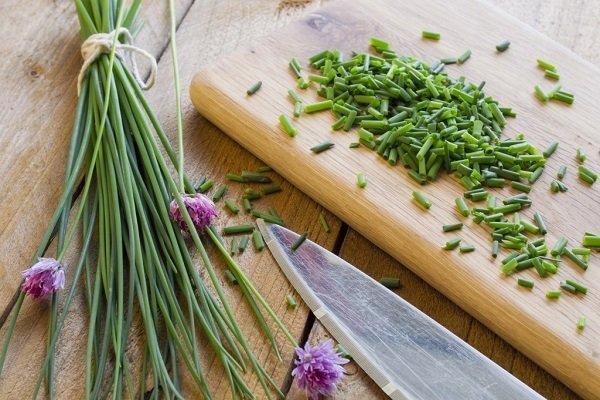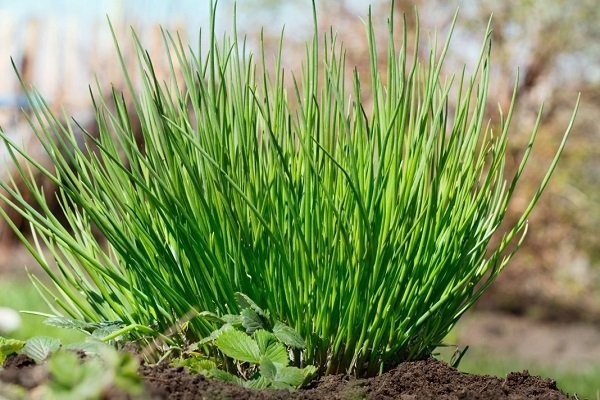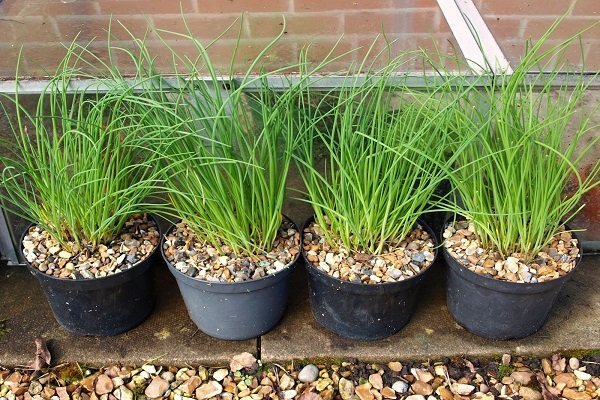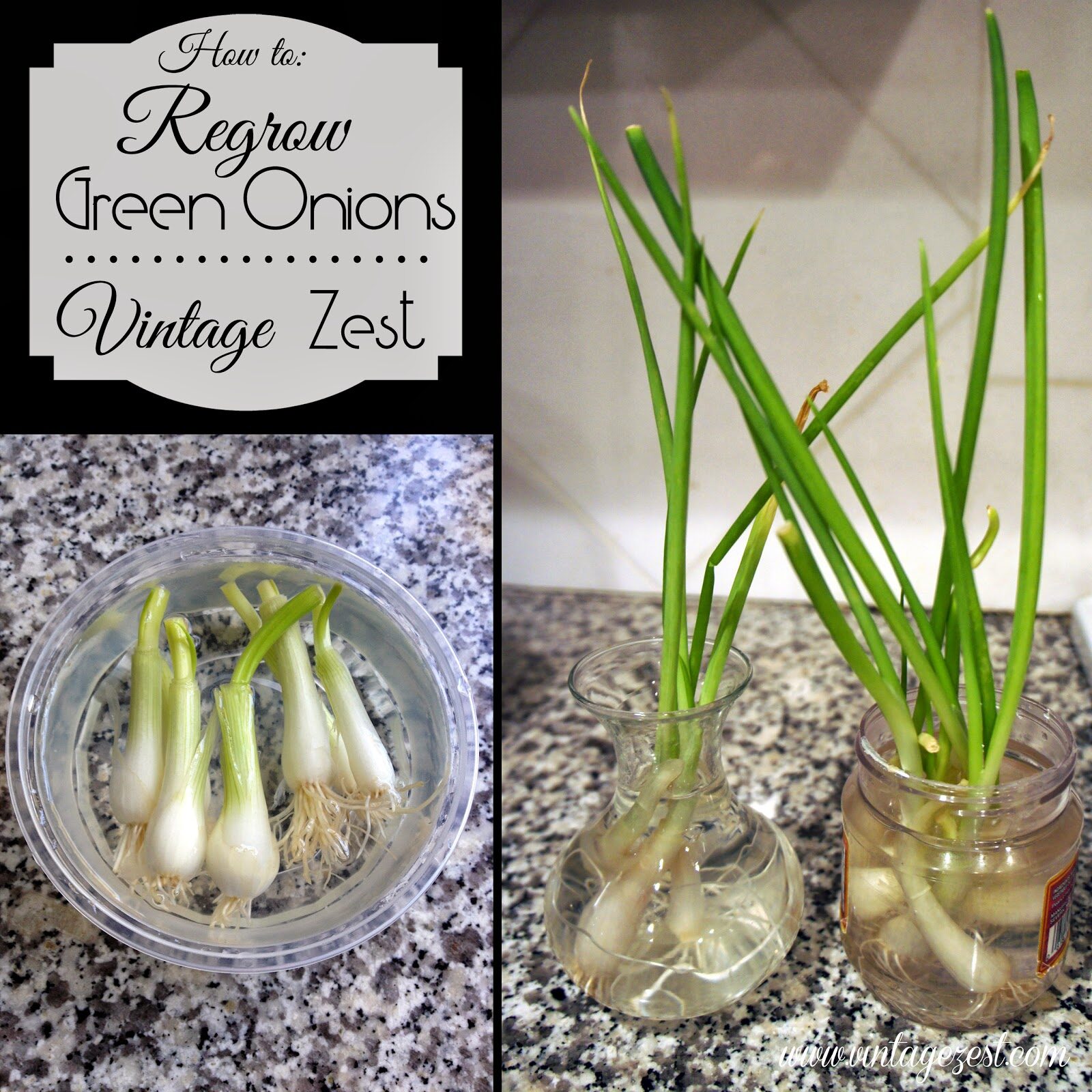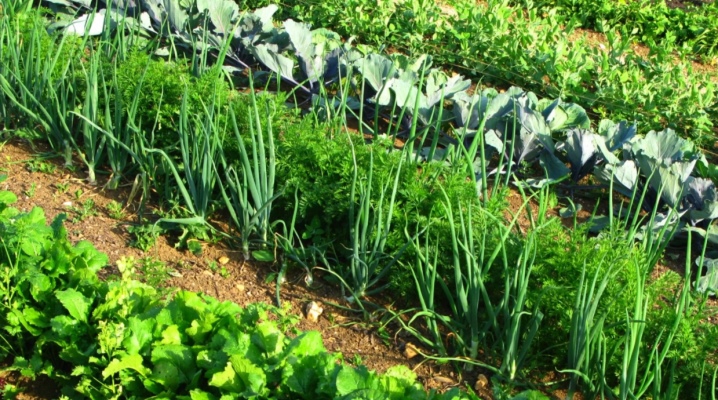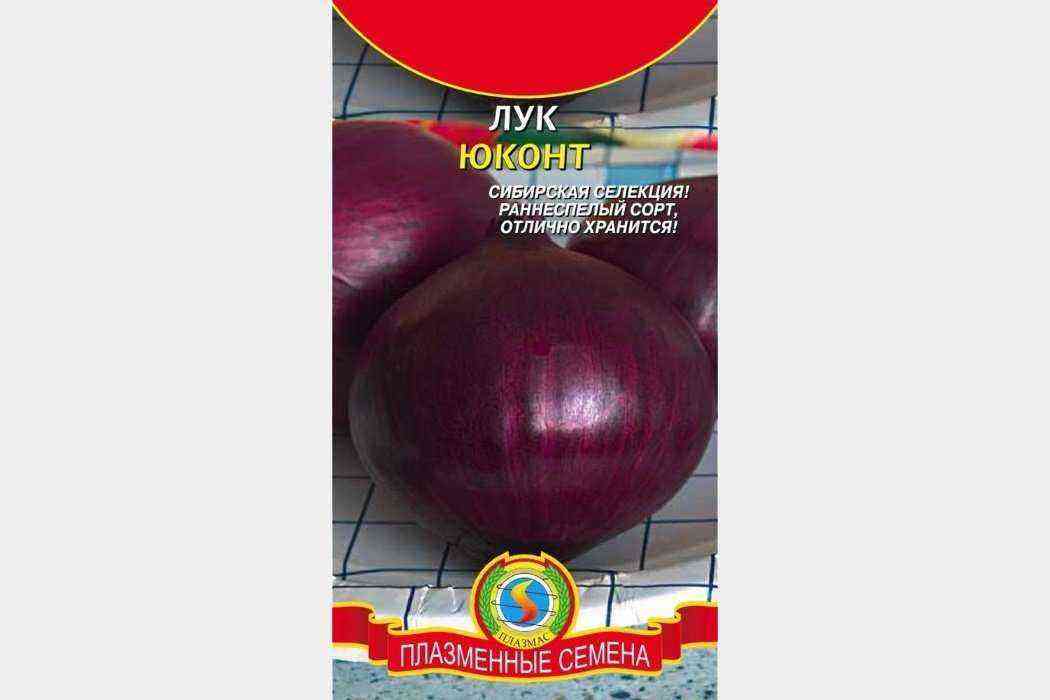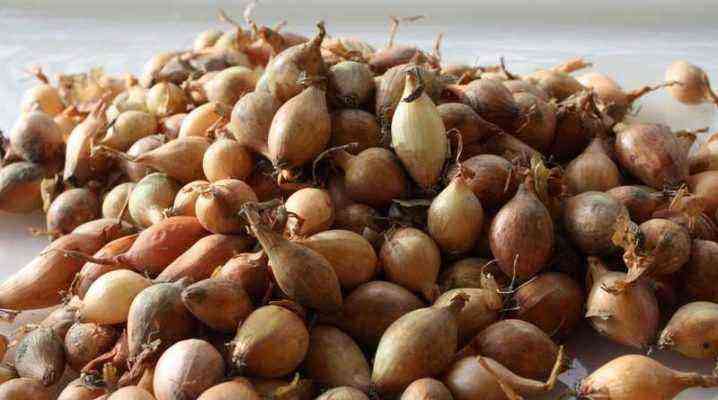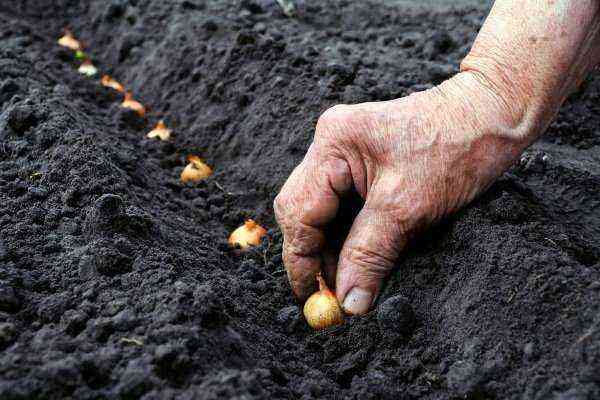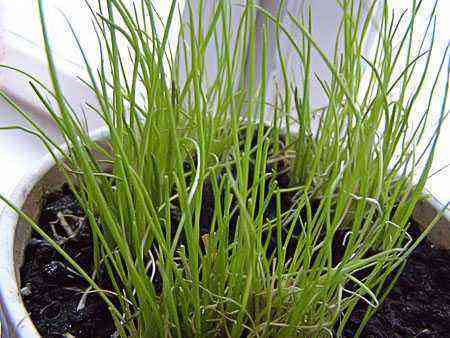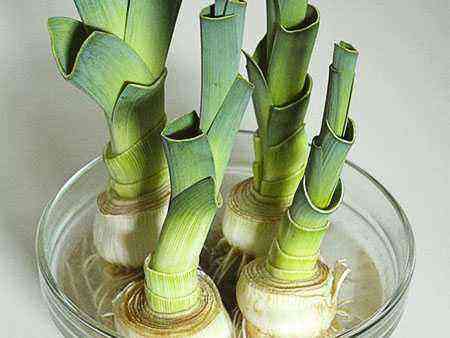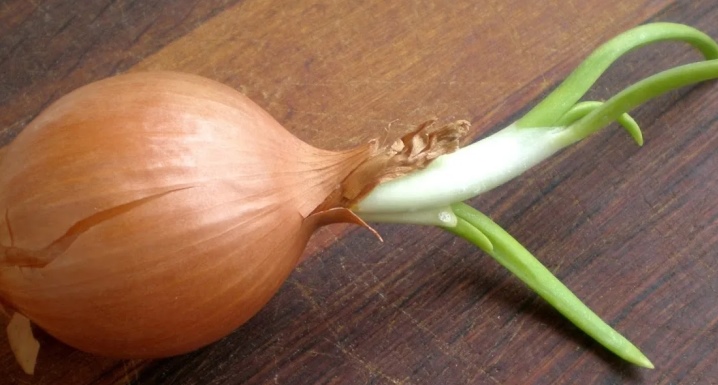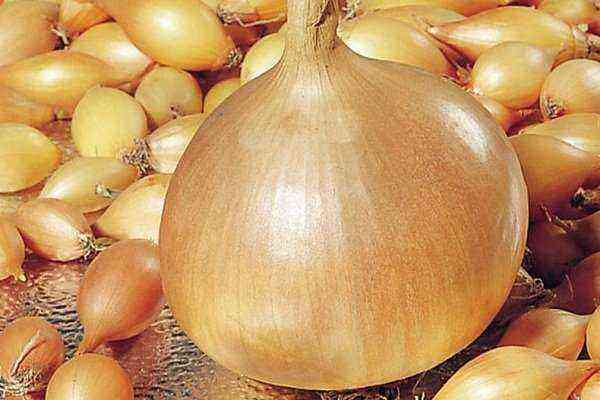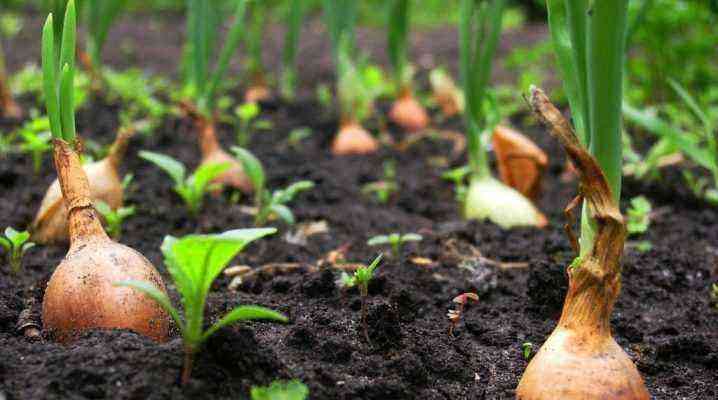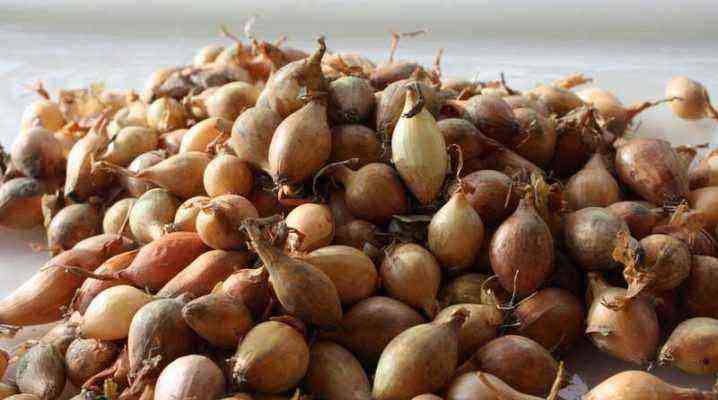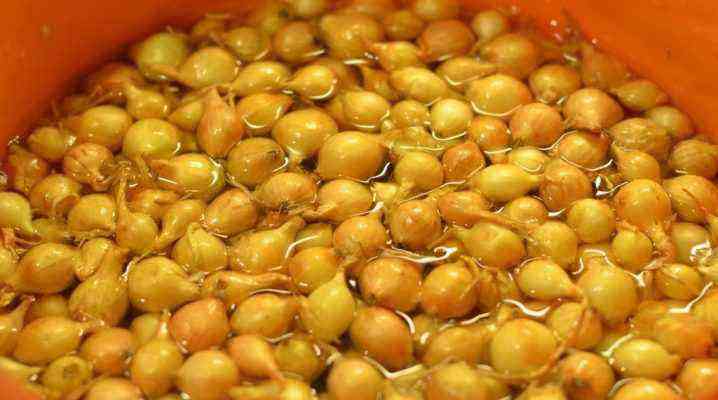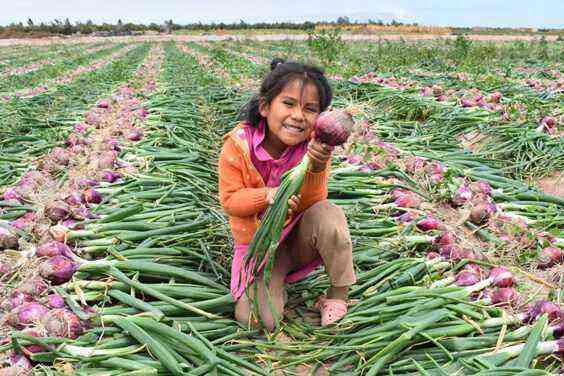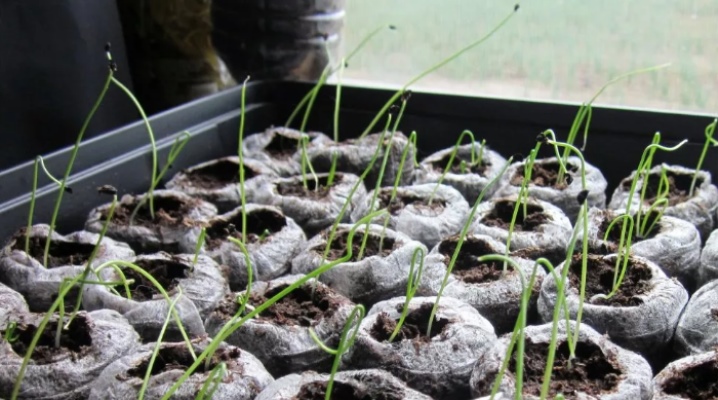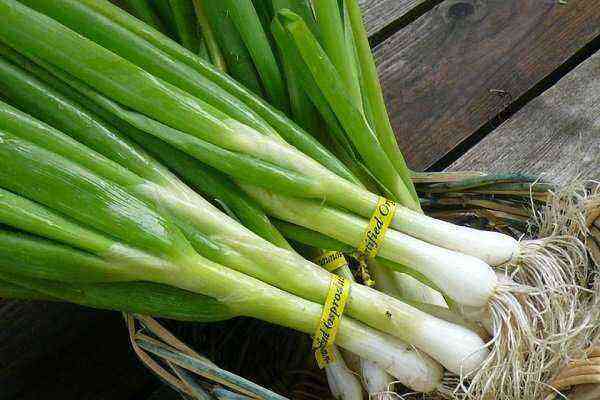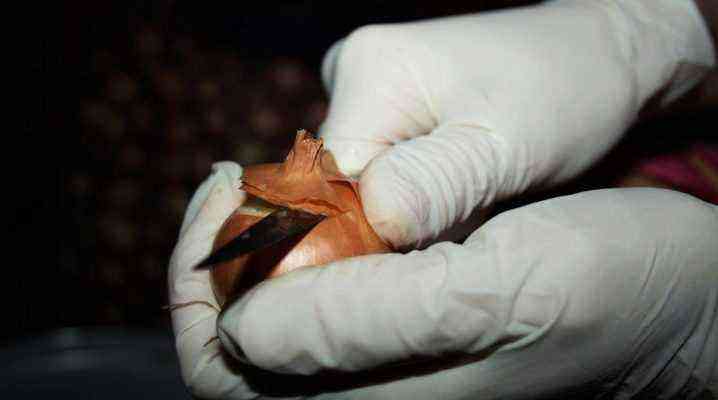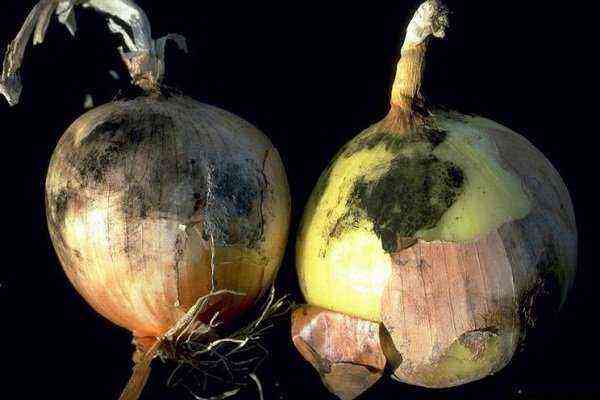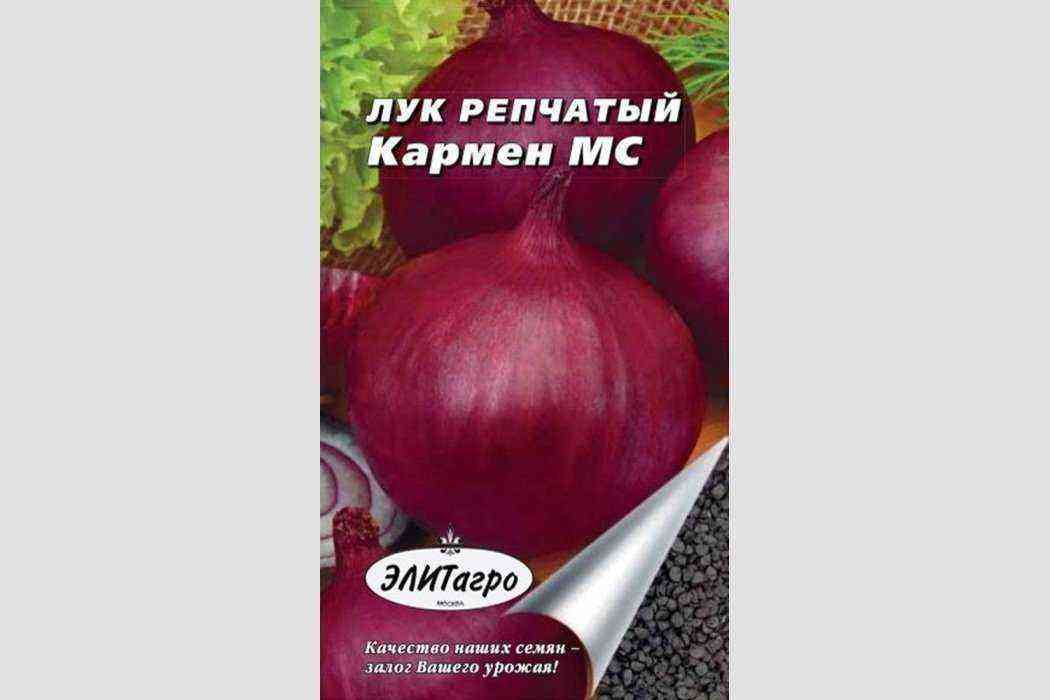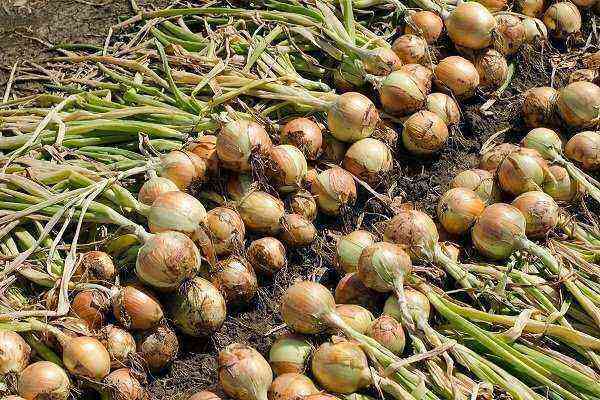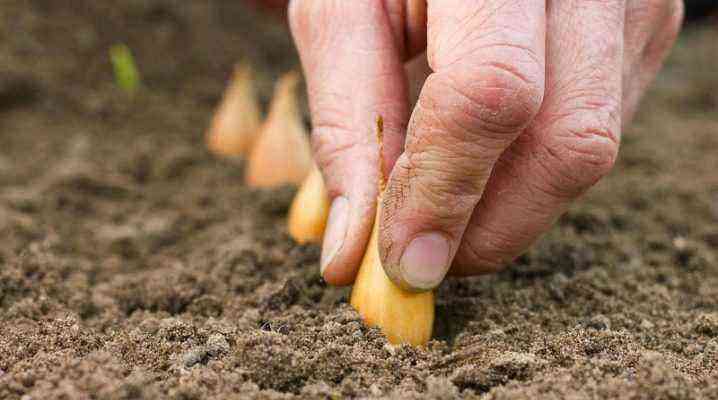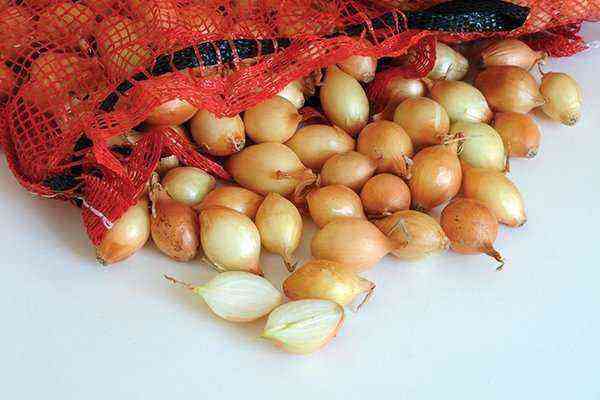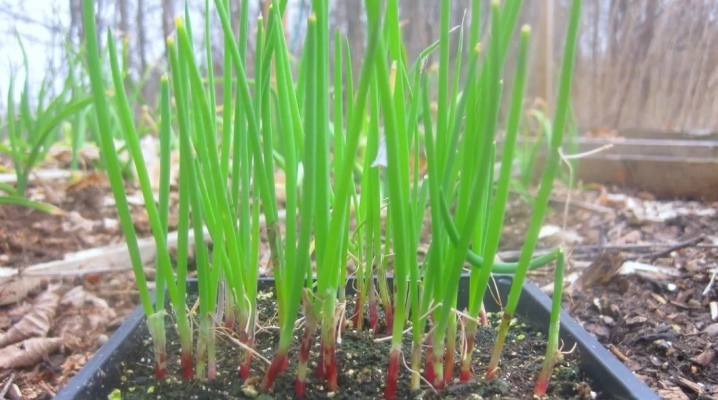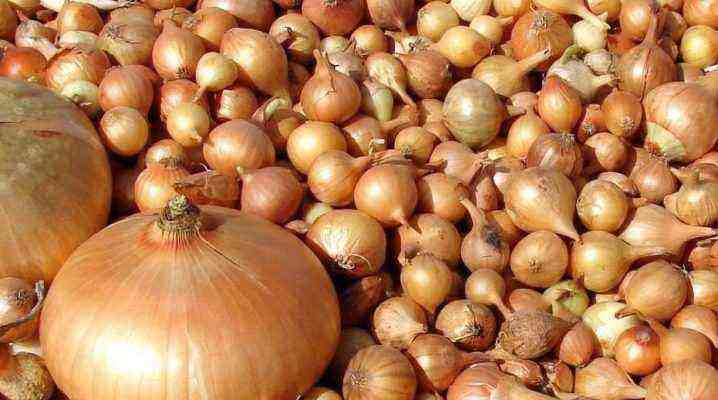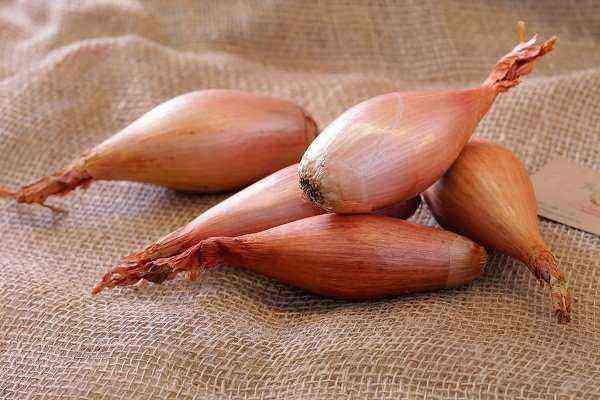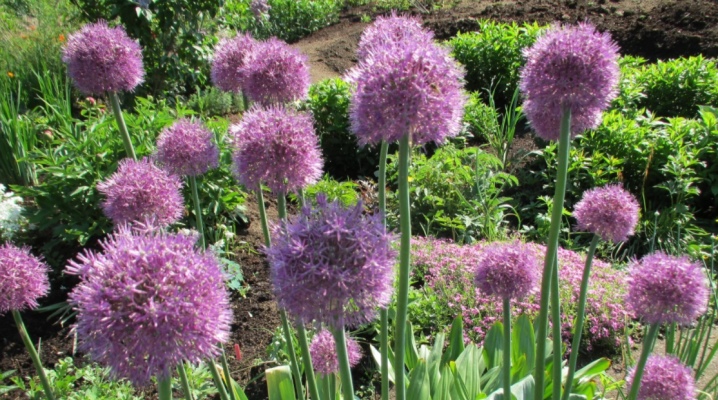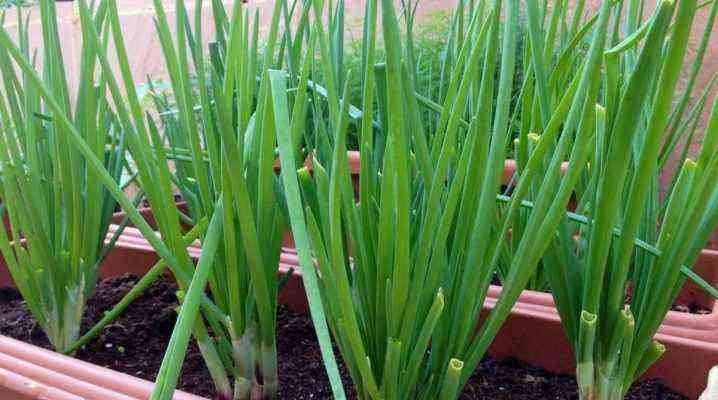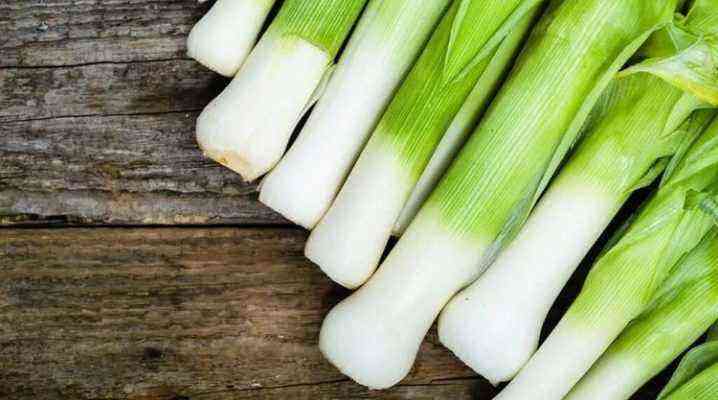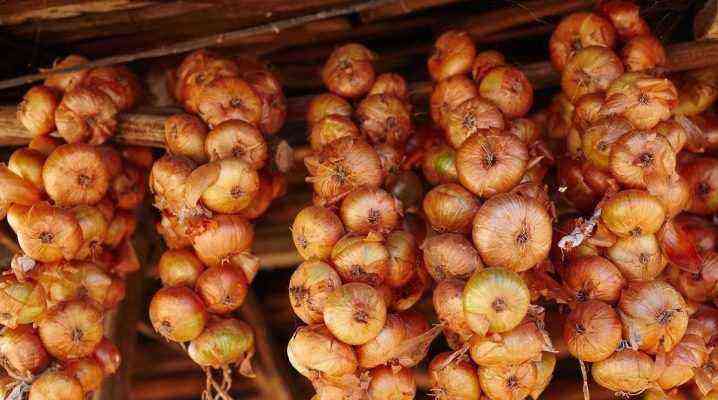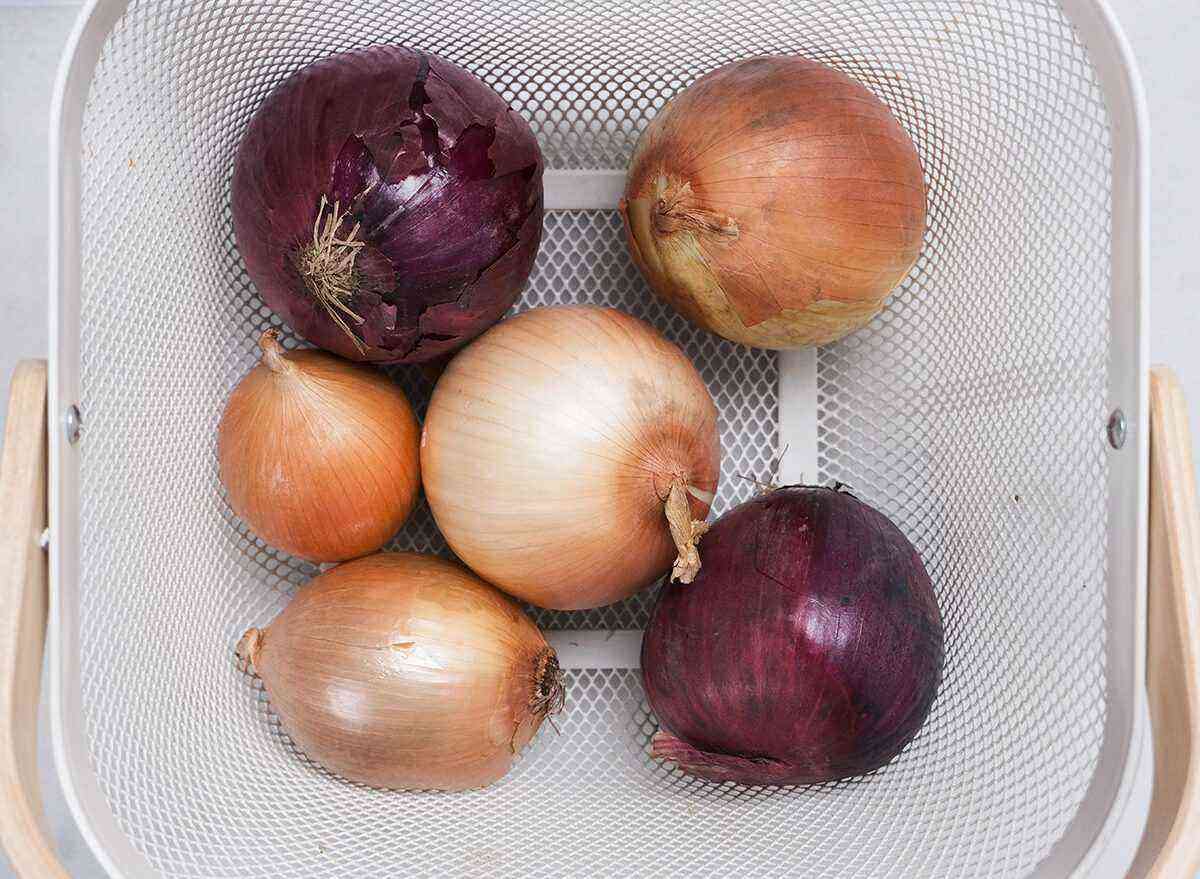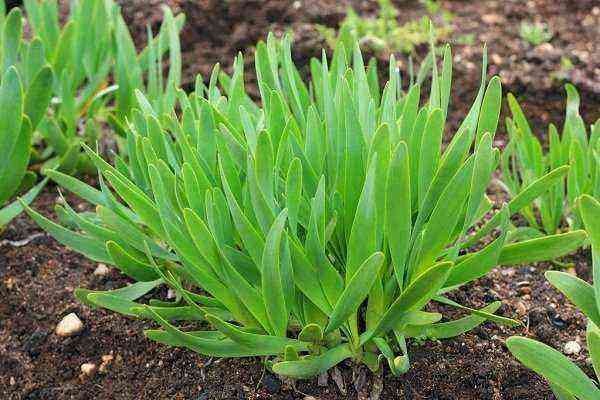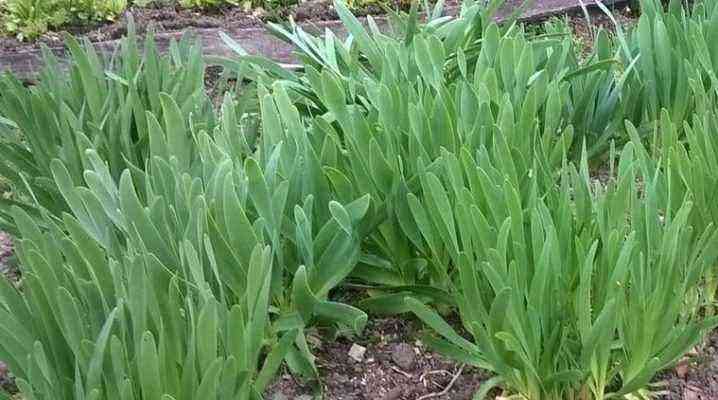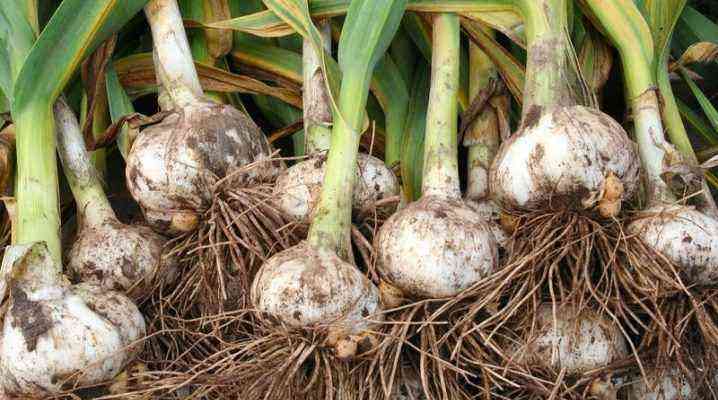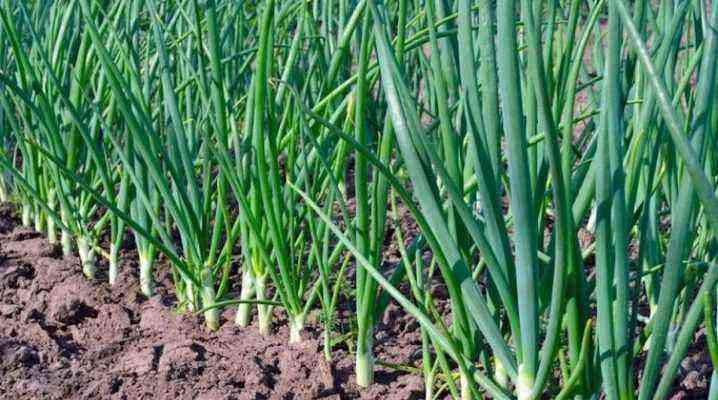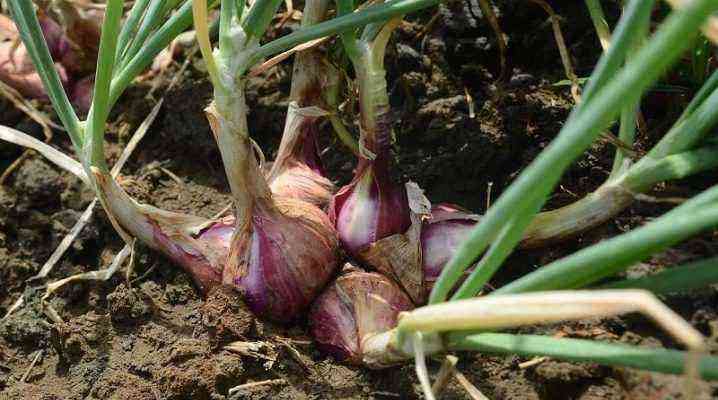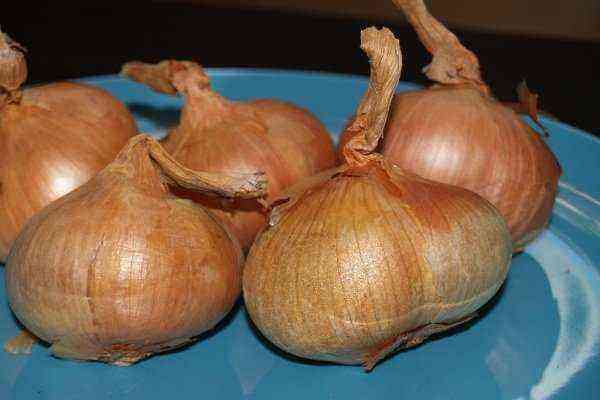To combine business with pleasure, you can grow chives on your site. The culture will allow you to get green feathers that taste good with medicinal properties, and during flowering it will become a real decoration of the garden. This bow is unpretentious in care and can please the gardener for many years.
Description of onions
Skoroda, chive, sibulet, winter bush, restaurant – and this is not a complete list of chives. It is also called Siberian because it is often found beyond the Urals.
Schnitt is translated from German as a “cut” onion. Regardless of the name, it is a perennial herbaceous plant of the Onion family, which has been cultivated since the 16th century as a medicinal and ornamental plant. This onion has been eaten relatively recently. Its characteristics can be found below:
Parameter | Description |
| Distribution area | In nature, chives are found in northern China and Mongolia. The plant grows in river valleys and in well-moistened meadows, where extreme frosts rarely occur. On a large scale, the culture is grown in the countries of Indochina, Europe and North America. In Russia, this bow is more common in the Far East, northern regions and Western Siberia. |
| Flowering | It starts in May and continues throughout the summer. Spherical inflorescences appear on the arrows. They consist of a large number of umbrellas with seeds inside. They can have any color of purple, lilac and pink. |
| Plant characteristics | Onion bushes are used to decorate the garden, as they look very aesthetically pleasing and have the following structure:
|
| Bulb characteristics | The underground part of a perennial plant acts as small false bulbs. They are ovoid in shape, which can be conical or oblong. Such fruits are painted in purple-red color (in some varieties – brown-white), covered with brown papery shells and ending in short rhizomes. The composition of these bulbs includes a large amount of amino acids, phytoncides, mineral salts and vitamins (C, A, PP, B1 and B2). Their nutritional value is:
|
| seed material | In August, after flowering, a large number of small seeds are formed in the umbrellas, which later turn black. In the next season, they can be used as seed. A flower arrow is formed from each bulb in the second year after planting. In perennial plants, they appear annually. |
| Application | Bulbs taste good, so they are actively used in cooking for salads and marinades. They are especially indicated for cardiovascular pathologies, colds, spring beriberi and atherosclerosis. In addition, the vegetable has a positive effect on the functioning of the kidneys, liver and gallbladder. The juice of fresh leaves will help reduce the unpleasant symptoms of hemorrhoids. An ornamental plant is also used in landscaping to green up home gardens. In addition, this onion will repel onion and carrot flies, inhibits the vital activity of fungal spores that pose a threat to roses, fruit trees and gooseberries. With their flowering, the bushes will attract the shoulders, who collect nectar from its sweet umbrellas. |
Varieties of onions
There are two subspecies of chives:
- Alpine (Russian). Possesses more intensive formation of stalks. Its bushes are covered with a large number of tender leaves, which immediately begin to grow after cutting.
- Siberian. Unlike the previous subspecies, it forms larger and coarser leaves. Bushes branch somewhat weaker.
Both varieties of onions have good frost resistance, but the Siberian culture is more resistant to low temperatures.
During the growing season, the leaves of an adult onion can withstand temperatures down to -8 … -6 ° C, and young shoots – up to -4 … -2 ° C.
Popular varieties
About 20 varieties of chives have been included in the State Register of Breeding Achievements. The most popular among them are:
- Bohemia. It is allowed to cultivate a variety in the same place for 4 years. The first leaves can be cut 3 weeks after the start of the growing season. They have a pleasant semi-sharp taste. The yield of Bohemia is high – up to 200 g of greenery from a bush. The variety exhibits disease resistance.
- Spring. Leaves can be cut a month after the start of their growth. The bushes will turn out tall and powerful. The leaves themselves are erect and covered with a thin wax coating. They have a pleasant mild taste. The yield of a winter-hardy variety for 3-4 cuts is 6 kg per 1 sq. m.
- Medonos. The leaves are suitable for mass collection 3 months after the start of their growth. At the same time, throughout the summer, you can selectively cut them. The taste of dark green leaves with a wax coating is semi-sharp. The disadvantage of Medonos is a high susceptibility to peronosporosis.
- Crocus. Early maturing variety – the first cutting of leaves can be done already 2 weeks after the start of leaf regrowth. They acquire a dark green color and are covered with a wax coating. The variety does not have a special yield, which also sharply decreases after 3-4 years. Crocus is resistant to spring frosts.
- Parisian. A sharp-tasting variety with an early ripening period. Bears long dark green leaves that can be added to salads and marinades.
- Chemal. A fairly compact chives, the leaves of which reach up to 40 cm in length. Their taste is spicy. The disadvantage of the variety is the frequent infection with powdery mildew. Productivity is high – up to 7 kg per 1 sq. m. From one bush you can collect leaves with a total weight of up to 600 g.
Landing methods and dates
This herbaceous plant in vegetable gardens can be grown as a perennial crop, or planted anew every 1-2 years. It can be cultivated in two ways:
- Through direct sowing of seeds in the ground. A more popular technology that has been used when growing onions in the garden for several years. Seeds can be sown directly into unprotected soil.
- Through seedlings. A more labor-intensive technology that allows you to get an early spring harvest of succulent leaves in the first year. Seedlings need to be prepared about 25-30 days before planting in the ground, so that by the time they are transplanted to a permanent place, the seedlings have acquired leaves about 10 cm high.
Regardless of the cultivation method, chives can be grown both in spring and before winter. In the first case, planting work should be carried out after the snow has completely melted, that is, from about the first half of March to the end of April. When winter planting, sowing can be done from late September to early October.
preliminaries
Before planting, you need to properly prepare both the soil and planting material. How to do this, we will understand sequentially.
Soil Preparation
Chives are unpretentious to their predecessors, so they can be planted after almost any crop. It is advisable to place carrots near it, since these crops repel mutually dangerous pests.
The area itself should be moderately lit. It should not be allowed to be heated too much by the sun’s rays, otherwise the leaves will grow too coarse.
As for the soil, onions love loose and well-drained soils. The best option is moist and lime-enriched sandy or loamy soils. Do not cultivate the plant in areas with sandy soil, as it does not retain moisture well and is detrimental to this crop.

The marked place on the site must be prepared in advance: for spring sowing – in the fall, for winter planting – in the summer. You need to do the following:
- Dig up the area and remove the rhizomes of all weeds. These events should be taken seriously, as sibulet onions are often planted for many years.
- Lime acidic soils. Add sand to heavy clay soils, and 1 bucket of humus or 0,5 liters of compost per 1 sq. m. From mineral fertilizers it is worth making 1 tbsp. l. superphosphate and urea per 1 sq. m.
- In the spring, a few days before planting, feed the area with ammonium nitrate or urea (15-20 g per 1 sq. M). Further, the beds remain abundantly watered at the rate of 2-3 liters of water per 1 sq. m and start sowing activities.
Planting material processing
Self-harvested or purchased seeds must be subjected to pre-sowing treatment. It is as follows:
- Pour the seeds with warm water and soak for a day.
- Change the water regularly during soaking. This can be done 3-4 times.
- Get the seeds, put them on a paper towel or any cloth and dry them.
Ready seeds can be sown directly into the ground. After this treatment, they will rise much faster.
When planting in winter, it is advisable not to soak the seeds, since they must be lowered into the ground in a completely dry form.
Planting chives
When all the preparatory activities have been completed, you can start planting a crop using a pre-selected technology. We will consider each option separately.
Direct sowing of seeds in the ground
In the dug up and loosened soil, you need to sow the seeds, adhering to the following scheme:
- width between rows – 15 cm;
- distance between holes – 5 cm;
- embedment depth – 1-2 cm.
If the main crop is planned to be harvested in the second year, and the plantings to be eliminated, the seeds can be sown more freely, keeping about 30 cm between rows. Seeds should be sown often in strips, as they have low germination.
After sowing, the furrows should be sprinkled with soil and lightly compacted. Immediately before frost, sowing should be mulched using one of the following materials:
- sawdust;
- old newspaper;
- foliage;
- wood rot;
- spruce and rags.
For winter sowing, the mulch should be removed in the spring, immediately after the snow melts, so that the seeds can sprout.
When sowing chives with seeds in the first year, it is advisable not to touch it, so that by the next season it will get stronger and bring a good harvest.
Seedbed method
This technology, first of all, involves the cultivation of strong seedlings in early March. The step by step instructions are:
- Tank and substrate preparation. Prepare a spacious box about 20 cm deep and fill it with a nutrient mixture of sand, humus and sod ash. From above you need to leave 3-4 cm of free space. Gently level the soil, lightly tamp with the palm of your hand and pour abundantly from a watering can.
- Sowing. Seeds prepared in the usual way or soaked in a growth stimulant solution (for example, Epin), sow to a depth of 1,5 cm in increments of 2-2,5 cm. Then lightly sprinkle them with a substrate, spray from a spray bottle and cover with glass or film.
- Creating an optimal microclimate. When the first shoots appear on the 6-8th day, remove the covering material, rearrange the seedlings on the windowsill on the sunny side and keep at a temperature not higher than + 18 ° and humidity not less than 70%. Make drainage holes in the box as needed. With a short (up to 12 hours) daylight hours, organize additional lighting.
- Watering. Water the seedlings moderately as a dry crust appears on the surface of the substrate. The water must be warm.
- Thinning. In the phase of one true leaf, you need to thin out the planting, but it is best to sow the seeds more rarely.
At the age of 50-60 days, seedlings with 2 true leaves should be transplanted into open ground, adhering to the following scheme:
- width between rows – 35-40 cm;
- the distance between seedlings in a row is 20-25 cm.
If the plant is actively growing, 1-2 cuts can be made in the first year. From the age of 2, the onion will begin to bloom and the frequency of cutting can be increased up to 3-4 times per season.
Chives can be grown on the balcony. For this, seedlings do not need to be transplanted into the ground. If you feed the seedling 1-2 times a month with a solution of any complex fertilizer, after 2 months after the first shoots appear, you can start cutting the leaves.
For information on how to sow chives for seedlings, see the following video:
landing care
Onion skoroda belongs to unpretentious crops, but requires the timely implementation of basic agrotechnical measures.
Watering
The plant needs systematic abundant watering, although it can withstand short-term drying of the soil. It needs to be watered “to the full”, but at the same time waterlogging should not be allowed. You need to use settled water with no chlorine.
If you are late with watering, then the onion leaves will turn out to be rough and lose their taste. In such a situation, you will have to cut off part of the crop, water the remaining garden bed abundantly, and then feed and water again.
Loosening and weeding
With long-term cultivation, these manipulations will need to be carried out only for 1-2 years. In the future, the plant will grow, form a dense turf and begin to suppress weeds on its own. In order to prevent pests after watering, the earth should still be slightly loosened and weeded, destroying all weeds.
Thinning
As soon as 1-2 true leaves are formed on the seedlings, they need to be thinned out, leaving 8-10 cm in the row between plantings. At the second thinning, when the removed bushes can already be transplanted, the distance should be increased to 15-20 cm.
If you plan to leave the onion in the same place for 3 to 5 years, you should leave 25-30 cm between the bushes. In this case, the distance between the rows can also be increased to 40-50 cm.
Additional fertilizing
In the first season, you do not need to feed the culture. When the first cut is carried out, the onion can be fed with such fertilizers:
- infusion of mullein (1:10);
- solution of bird droppings (1:10);
- wood ash (a glass per 1 sq. M).
It is desirable to carry out such top dressing after each cut. After such manipulations, you need to thoroughly wash the plant with clean water.
In the absence of organic matter, nitrophoska or azofoska can be applied under chives at the rate of 40-100 g per 1 sq. m. The second fertilizing with mineral fertilizers can be made only after 2-3 cuts.
Feeding can be abandoned if the greenery grows at an active pace every year.
Protection against diseases and pests
Compliance with competent agricultural technology will protect the plant from diseases. In the worst case, they can be hit by:
- Downy mildew (perinospora). It affects all parts of the plant, leaving behind large gray spots, on which garden dust actively accumulates. The leaves dry quickly, and subsequently the whole plant dies. At the first signs of illness, the plant should be sprayed with a 1% solution of Bordeaux liquid with the addition of 50 g of liquid soap in a bucket of water.
- Rust. Irregular yellow-orange spots form on the plant. Soon it weakens and stops growing. In the fight against rust, affected specimens must be treated with Topaz or Falcon.
If any signs of damage appear on the bow, you should immediately cut off the damaged areas and burn them. It is desirable to water the soil itself with 5% of table salt, and then with clean water. In the worst case, it is required to carry out a complete disinfection with a transplant of bushes to a new place.
As for pests, to scare them away, you need to spray the plantings with a solution of tobacco with liquid soap. Creosote-impregnated materials can also be placed along the beds.
Reproduction of chives by division
Under favorable conditions, the onion skoroda grows strongly and completely covers the soil. As a result, crop yields are reduced, and feathers grow worse in older bushes. In addition, they quickly wither and acquire an unpleasant taste. To correct this situation, the culture needs to be transplanted, dividing the bushes into several parts.
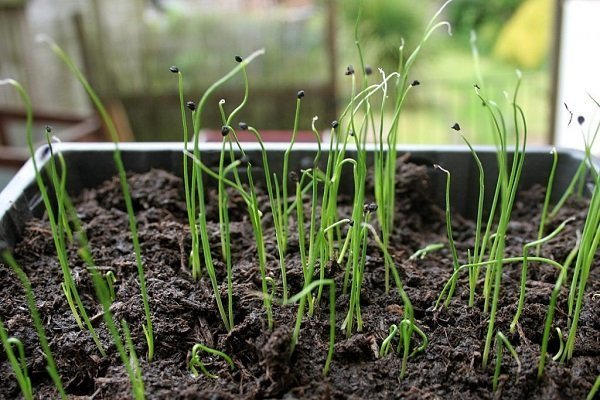
It is best to divide the plant at the age of 2-4 years, because it is strong and when breaking the mother bush, you can get many daughter parts. This manipulation is best done in the spring (no later than the foliage begins to actively grow) or at the very beginning of autumn. Reproduce in the following order:
- Water the bed abundantly.
- Dig up the plant with a shovel or pitchfork and remove it completely from the ground.
- Trim the leaves and roots of the dug bush to a length of 12-15 and 5-7 cm, respectively.
- Break the bush with your hands or with a knife into several parts, leaving at least 8-10 bulbs on each.
- The resulting fragments should be immediately landed in a new place, adhering to the usual landing pattern. The optimal distance between them is 30 cm.
- Water the new planting abundantly, and in cold weather or in anticipation of frost, mulch with peat or humus.
Transplanted plants will quickly sprout new sprouts.
Cutting greens and storing them
From the second year of cultivation, you can start cutting greens. Depending on personal needs, you can cut off a few feathers or almost the entire above-ground part. During the season, you can perform from 2 to 4 full cuts of leaves, reaching a height of 25-40 cm.
The last harvest should be carried out no later than mid-August, so that the plant can accumulate the right amount of nutrients before the onset of cold weather.
If you do not plan to collect seeds, then arrows at a young age can also be eaten along with the leaves. When harvesting on a bush, it is worth leaving short feathers. During the flowering period, onion feathers become too hard and not tasty, therefore, when growing it for food, it is advisable to immediately remove the inflorescences.
You can store the collected greens for up to 2 weeks. To extend this period, it must be placed in plastic containers or bags and transferred to storage in the freezer. Feathers can also be dried.
Landscaping
Chives can be grown exclusively as an ornamental plant, planting it in a strip in a discount or a border along a flower bed. If you divide one adult bush, you can get a border up to 2 m long. It will turn green literally 7 days after planting, and if you cut it regularly, you can keep the brightness of the greenery in the border.
The plant not only decorates the garden plot, but also attracts insects useful for the garden – bees, bumblebees and butterflies with its aroma.
You can combine this culture with low flowers. These include:
- daisies;
- violas;
- primrose.
If during the flowering period the leaves of chives begin to turn yellow, the bushes must be completely cut to a height of no more than 5 cm. Young feathers will appear after 5 days, and the plant will quickly return to its attractive appearance.
Chives are both a vegetable and an ornamental plant that can be used to decorate a personal plot, and in early spring to cut juicy, sweet-spicy and very fragrant green feathers. Despite such versatility, this plant does not require special care and is able to grow in one place for many years.
